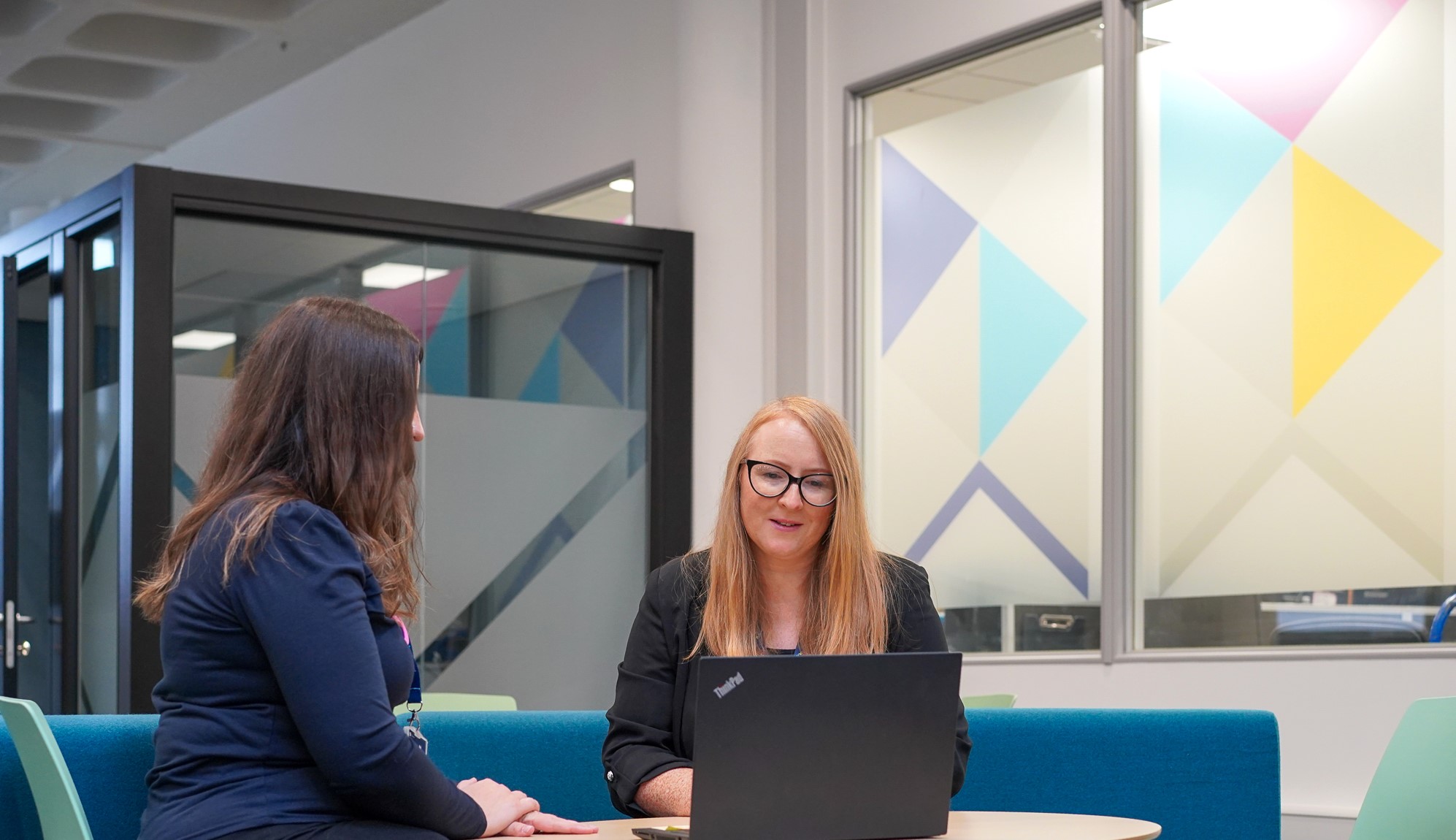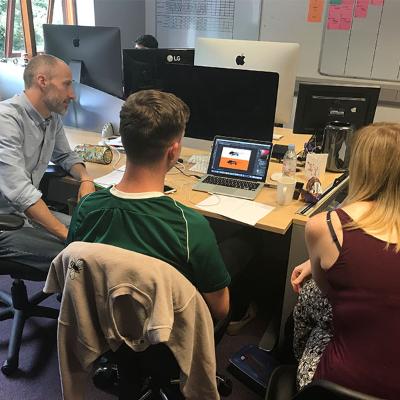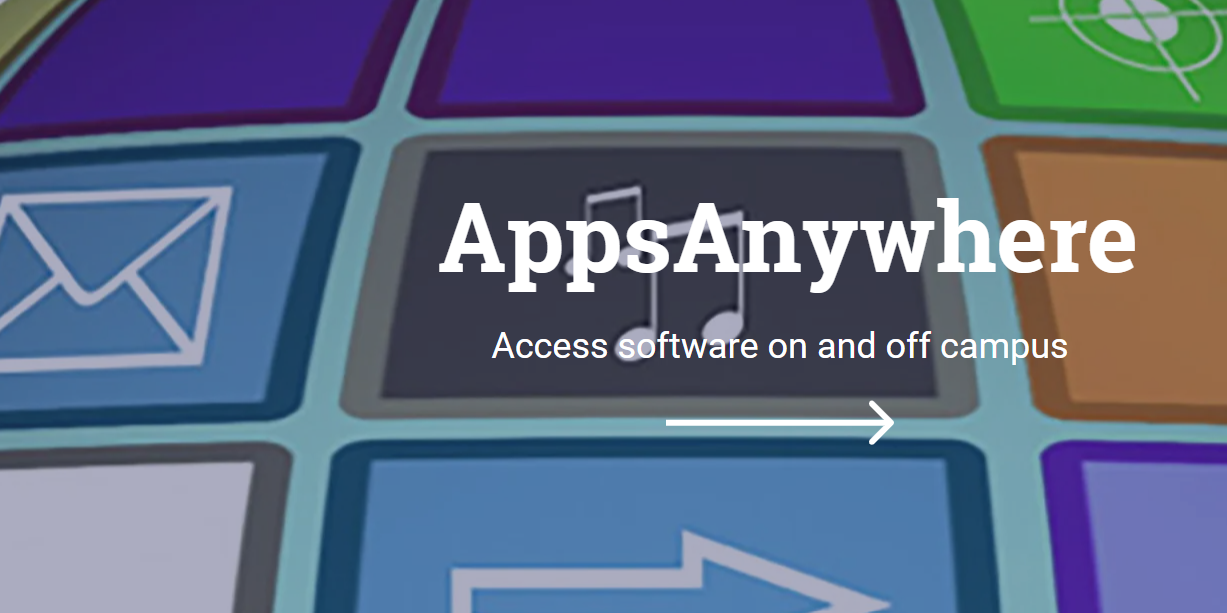
Dysgraphia
What is Dysgraphia?
Dysgraphia is a specific learning difference that may impact fine motor coordination, particularly handwriting. It can also influence spelling and the sequencing of movements. However, many individuals with dysgraphia demonstrate impressive verbal communication, creativity, and problem-solving abilities, and often excel when given opportunities to express ideas through alternative formats, such as typing, voice-to-text tools, or visual media. With practical supports and inclusive teaching approaches, students can confidently develop the skills needed to succeed while drawing on their unique talents.
-
You may benefit from additional time to develop and express your ideas in written assignments and exams—this allows your thinking to flourish without pressure.
-
Your handwriting may not always reflect the clarity of your ideas, and it might be easier to work digitally to improve legibility and readability—for both yourself and others.
-
Accessing whiteboard content may be easier using visual or auditory tools, such as taking photos or using note-taking apps that let you replay spoken information.
-
You bring a dynamic and energetic approach to learning. Sometimes this can lead to impulsive decisions or feeling distracted, especially in social settings. Recognising this strength, paired with structured support, can help balance study and engagement.
-
Your written work may reflect expansive thinking—if your ideas sometimes diverge from the original task, planning tools and frameworks can help shape that creativity into focused responses.
-
Lectures might feel challenging at times, particularly with long periods of sitting still. Using movement breaks, fidget tools, or active listening techniques can help maintain focus while supporting your natural restlessness.
-
Typing your work and exploring touch typing or dictation software can help you express yourself more easily and efficiently, capturing your thoughts with less friction.
-
Technology like Google’s microphone dictation on Apple devices can be a helpful tool to get your ideas down when typing feels slow or difficult.
Dysgraphia
University students with dysgraphia often have brilliant ideas but struggle to get them down clearly and efficiently. Here's a roundup of external UK-based support resources.
Brain Charity page on dysgraphia
Support Offered
-
The Brain Charity provides practical help, emotional support (like counselling and group therapy), and social activities for people with dysgraphia across the UK.
-
They also support carers and family members, recognizing the ripple effects of neurological conditions.


/prod01/wlvacuk/media/departments/digital-content-and-communications/images-2024/Architecture-students-tree-planting.png)
/prod01/wlvacuk/media/departments/digital-content-and-communications/images-2024/250630-SciFest-1-group-photo-resized-800x450.png)
/prod01/wlvacuk/media/departments/digital-content-and-communications/submitted-news-images/Way-youth-zone-August.JPG)
/prod01/wlvacuk/media/departments/digital-content-and-communications/images-2024/Arthi-Arunasalam-teaser.jpg)
/prod01/wlvacuk/media/departments/digital-content-and-communications/submitted-news-images/Muslim-woman-playing-football.jpg)
/prod01/wlvacuk/media/departments/digital-content-and-communications/submitted-news-images/Business-School-800x450.jpg)
/prod01/wlvacuk/media/departments/digital-content-and-communications/submitted-news-images/University-of-the-Year.jpg)

